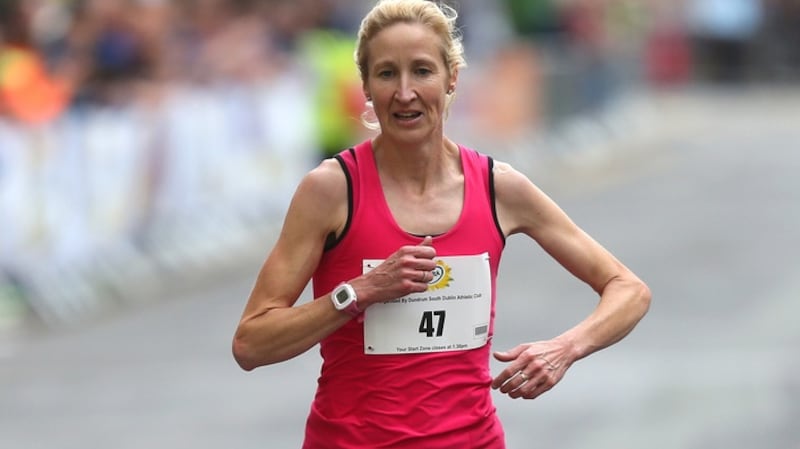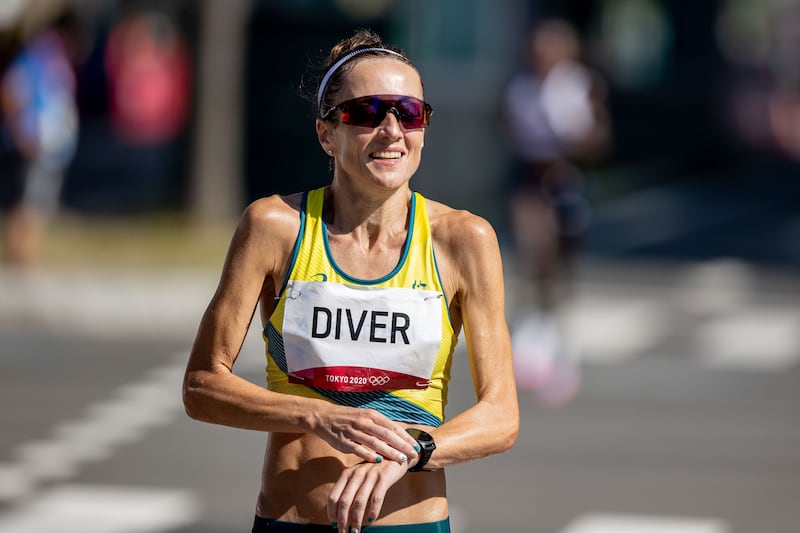For as long as people have been running in any competitive sense we’ve seen records broken and fresh benchmarks set, but have we ever seen such a sudden shift in the markers of greatness that we once knew?
Particularly in women’s distance running events, where in the last couple of months the bar has been raised above and beyond what was once considered even comprehensible.
Earlier this month, at the Diamond League final in Oregon, Gudaf Tsegay from Ethiopia came so close to breaking 14 minutes for 5,000m, running 14:00:21, a barrier once thought beyond women’s potential, and running well under four minutes is the new normal every time women toe the line over 1,500m in major events.
Then last Sunday at the Berlin Marathon there was one of the biggest shifts of all, when Tigst Assefa, also from Ethiopia, running just her third marathon, took the women’s world record down to 2:11:53 – knocking two minutes and 11 seconds off the previous mark set in 2019.
In another staggered season, rugby’s URC has lurched along - all the while breaking attendance records
Rugby analysis: The stats say La Rochelle are no longer the sum of their parts
Slip in viewing figures suggests reducing Grand National risk has also reduced its appeal as a spectacle
Kerry GAA legend Mick O’Dwyer: a life in pictures
That 2:11:53 by the way is faster than any Irish man has run this year, or last year, or the year before.
It’s certainly taken women’s marathon running into new territory, but also throws up so many questions with very few clear answers: how does any woman run that fast over 26.2 miles in 2023?

Firstly, there’s such little form to go by, Assefa running just one race last December – a half-marathon in 67:40 – since running Berlin a year ago, when she ran the then third fastest time of 2:15:37.
Yet on Sunday, she comes out and runs back-to-back half-marathons faster than she’s ever run before, 66:20 for the first half, then faster again with her 65:33 for the second half.
Whether or not that’s an outlier in the women’s marathon, I find it hard to get my head around that pace. Yes, she was wearing the newest of the so-called super shoes, the Adidas Adizero Adios Pro Evo 1, so light they’re designed to be raced in only once. Assefa was also helped by having male company right through 41.5km, with the Brandenburg Gate finish line in sight.
Part of my wonder, not necessarily in the disbelieving sense, is what sort of training does she do to achieve such results? Distance running has sort of relied on history and traditional training methods evolving over time, but this is something we have never seen before.
It certainly deserves a little more scrutiny and attention, a more thorough breakdown and explanation for those of us curious as to how this is even possible.
Irish women’s marathon record holder Catherina McKiernan was in Berlin on Sunday to witness this extraordinary result, invited back as a previous winner from 1997. It was 26 years ago when she won in 2:23:44, the world record at the time 2:21:06, the 2:20 barrier certainly within sight.
McKiernan edged closer again a year later in Amsterdam, lowering the Irish record to 2:22:23, which still stands, and as she told this newspaper earlier this week, things will always move on.

If you look back through the progression of women’s marathon records, there was a gradual shift, before this almighty change in standards over a very short period. The first woman to go sub two hours and 20 minutes was Naoka Takahashi, at the Berlin Marathon 22 years ago, before a month later in Chicago, Catherine Ndereba went one minute faster, running 2:18:47.
It looked like the door was open and athletes were finding the way through, but it was still just a sprinkling of athletes and for a few years, still a rare and special occurrence.
In 2002 Paula Radcliffe brought her track speed over 5,000m and 10,000m to the marathon, lowering the record to 2:18:47 in Chicago, lowering it again by 90 seconds, before in London in 2003 she ran 2:15:25, a record that would stand for 16 years.
Then, at the Chicago Marathon in 2019, Bridget Kosgei crossed the line in 2:14:04 in what seemed like a huge leap in time, only by this stage we had entered the era of the super shoes, so anything seemed possible.
The flood gates truly opened in 2018, when 11 women ran below 2:20, four years later that number would jump to 29 women. What was once a barrier to be broken now just means competing with the best marathoners in the world.
With so many unexplained jumps in performance, it’s hard to relate and as a result comprehend how to get anywhere near the records that are being set. Ethiopia has the greatest number of women marathoners pushing the bar higher each year. In 2022, 17 Ethiopian female athletes ran below 2:20; this year so far that number is 17 overall, 10 from Ethiopia alone, with several autumn marathons such as Chicago, New York, and Valencia still to come.

Last year in Valencia, Mayo-born Sinead Diver, now running for Australia, finished 12th, running 2:21:34 (inside McKiernan’s Irish record too, although not eligible).
Part of my fear here is that Irish men and women are being left so far behind, perhaps feeling so hopelessly far off the pace, that they may never catch up. It certainly seems that way for now and for plenty of other countries too.
I’m also not sure the faster times are bringing any greater enjoyment to watching these major marathon races, especially without knowing more about the athletes and how they are continually raising this bar.
You can find many books and training methods from the 1970s and 80s and 90s but there is very little new age training methods shared. There has however been some insight into the Ingebrigtsen training methods, and many have taken these methods and implemented them with some success to their training.
So it’s difficult to know where we have come from and where we are headed. This shift can in part be explained by the super shoes, the male pacers in marathons, the pacing lights on the track, but for me there’s so much more that needs to be explained and shared.
Without that, it’s getting harder to connect with what was once a very simple sport, and when for the most part the race and the athletes were more important than the winning time.
Now, when even some of the very best coaches and experts in the sport can’t explain what’s going on, it’s no surprise many people are left wondering exactly what it is which allows them to run so fast.


















